Your sleeping bag is one of the most crucial pieces of camping gear to consider while planning a camping trip. The quality of your sleep the night before could make the difference between a fun adventure and a difficult outdoor experience. Warmth, comfort, and packability make the perfect sleeping bag easy to transport without compromising weather protection.
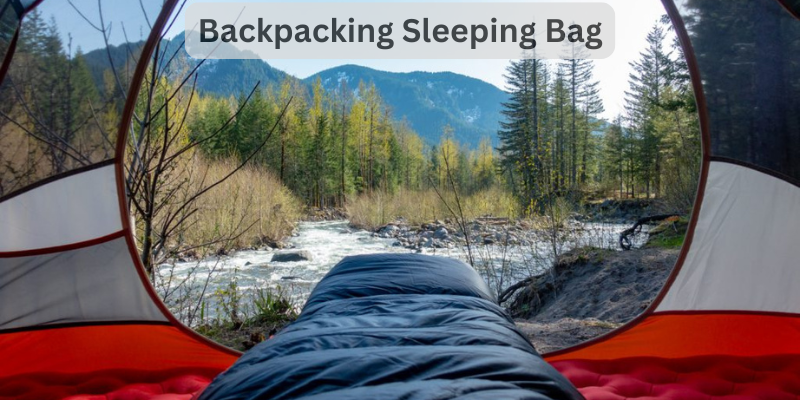 Image Credit: https://www.cleverhiker.com
Image Credit: https://www.cleverhiker.comHowever, choosing the ideal sleeping bag can be difficult because there are so many alternatives. In this article, we'll go over all the factors you should take into account when choosing a sleeping bag, including weight, insulation kinds, and temperature ratings. Understanding these qualities will help you be prepared for your upcoming outdoor adventure, no matter your level of experience.
When selecting a sleeping bag for backpacking, it is essential to understand temperature values. Because different companies may use different testing standards, consider the ratings a general guideline rather than an exact science.
Most sleeping bags are rated with two key numbers: the comfort rating and the limit rating.
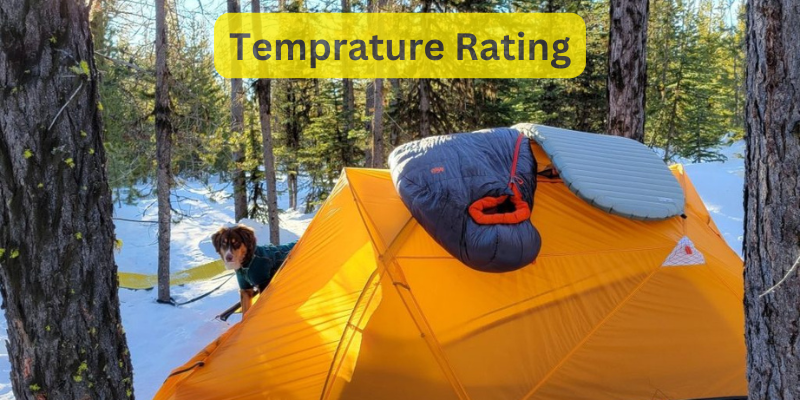 Image Credit: https://www.cleverhiker.com
Image Credit: https://www.cleverhiker.comWhen choosing a sleeping bag, consider your tolerance for cold and the climate you’ll be hiking in. If you’re unsure, selecting a bag with a comfort rating a few degrees lower than the lowest expected temperature on your trip is usually safer.
Backpacking sleeping bags are often categorized into:
Always check the typical weather conditions of the area you’ll be backpacking. A sleeping bag rated for 30°F (0°C) might be sufficient in the summer at lower altitudes. Still, if you’re heading to higher elevations or cold deserts, you’ll want something rated for much lower temperatures. Preparing for temperature drops, especially at night, ensures you stay warm and comfortable during your trip.
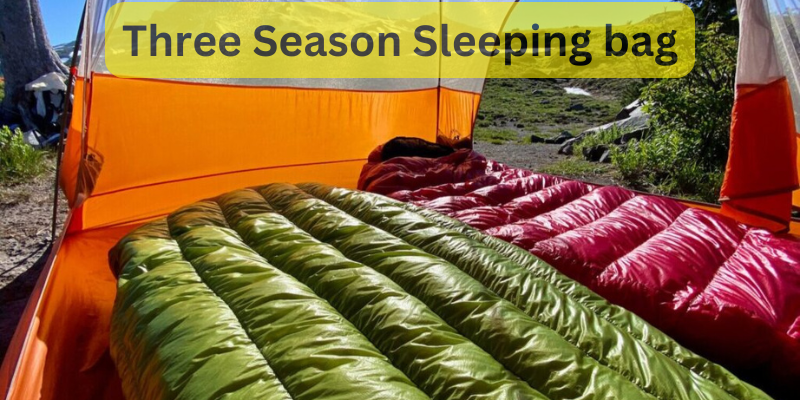
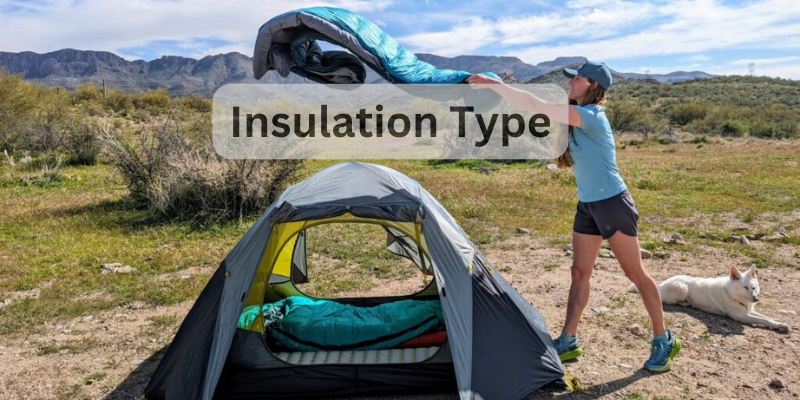 Image Credit: https://www.cleverhiker.com
Image Credit: https://www.cleverhiker.comBoth insulation types have their pros and cons, so consider your specific needs and the conditions you’ll encounter on your backpacking adventures when making your choice.
Mummy-shaped sleeping bags wrap snugly around the body because they taper at the feet.
They are perfect for cold-weather camping because of their design, which lowers weight and maximizes warmth by minimizing the air that needs to be heated.
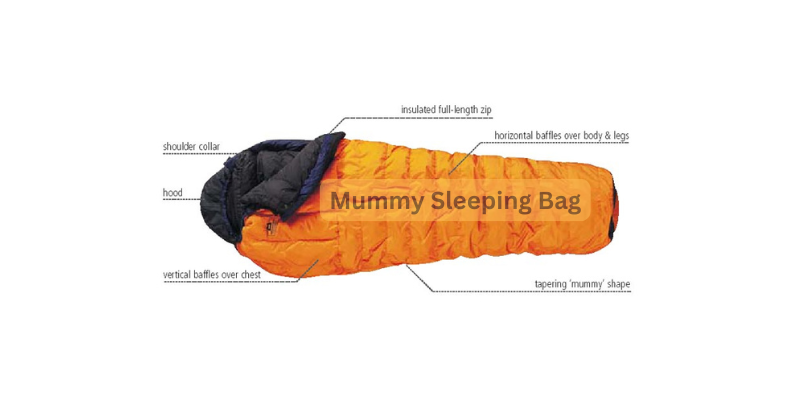 Image Credit: https://www.adventurealternative.com
Image Credit: https://www.adventurealternative.comRectangular sleeping bags have a big, spacious appearance similar to a typical blanket.
They provide people who sleep in varied positions more room to move around and are frequently more comfortable. They do not retain heat as well and are typically thicker.
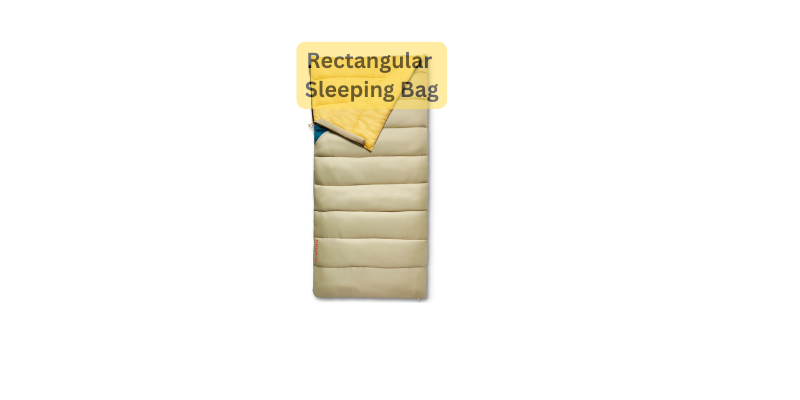 Image Credit: https://www.kelty.com
Image Credit: https://www.kelty.comA cross between a mummy and a rectangle bag, semi-rectangular bags offer a little more room but retain some of the mummy's snugness.
These packs provide decent comfort and warmth for various hiking situations.
Weight A lightweight sleeping bag reduces your backpack's overall weight and facilitates long-distance travel. The ideal bags should be warm without being overly bulky.
Packability is the ability of a sleeping bag to condense into a small enough size for storage. A very packable bag makes it simple to fit into your backpack, freeing up space for other necessities.
When selecting a sleeping bag for camping, water resistance and durability are important considerations, as they can greatly impact your outdoor experience.
Choosing a sleeping bag with adequate water resistance and durability ensures you can face various weather conditions confidently and enjoy the long-lasting performance on your backpacking adventures.
Beyond insulation, weight, and shape, various additional features can enhance the comfort and usability of your backpacking sleeping bag:
These additional features can significantly enhance your overall experience, making your backpacking trips more enjoyable and comfortable.
Picking the right camping sleeping bag is necessary for a warm and comfortable night outdoors. Consider things like temperature rating, insulation type, shape, weight, packability, water resistance, durability, and extra features to find a bag that suits your needs. A good-quality sleeping bag can make all the difference in how enjoyable and restful your camping trip is. By taking the time to research and choose wisely, you'll be ready for whatever nature throws your way.